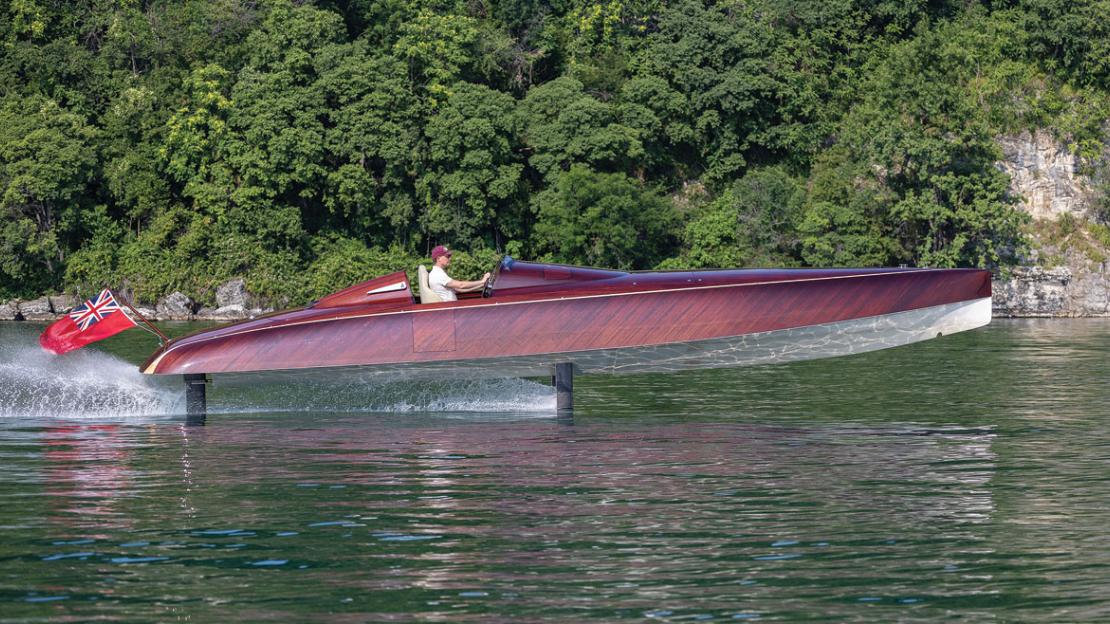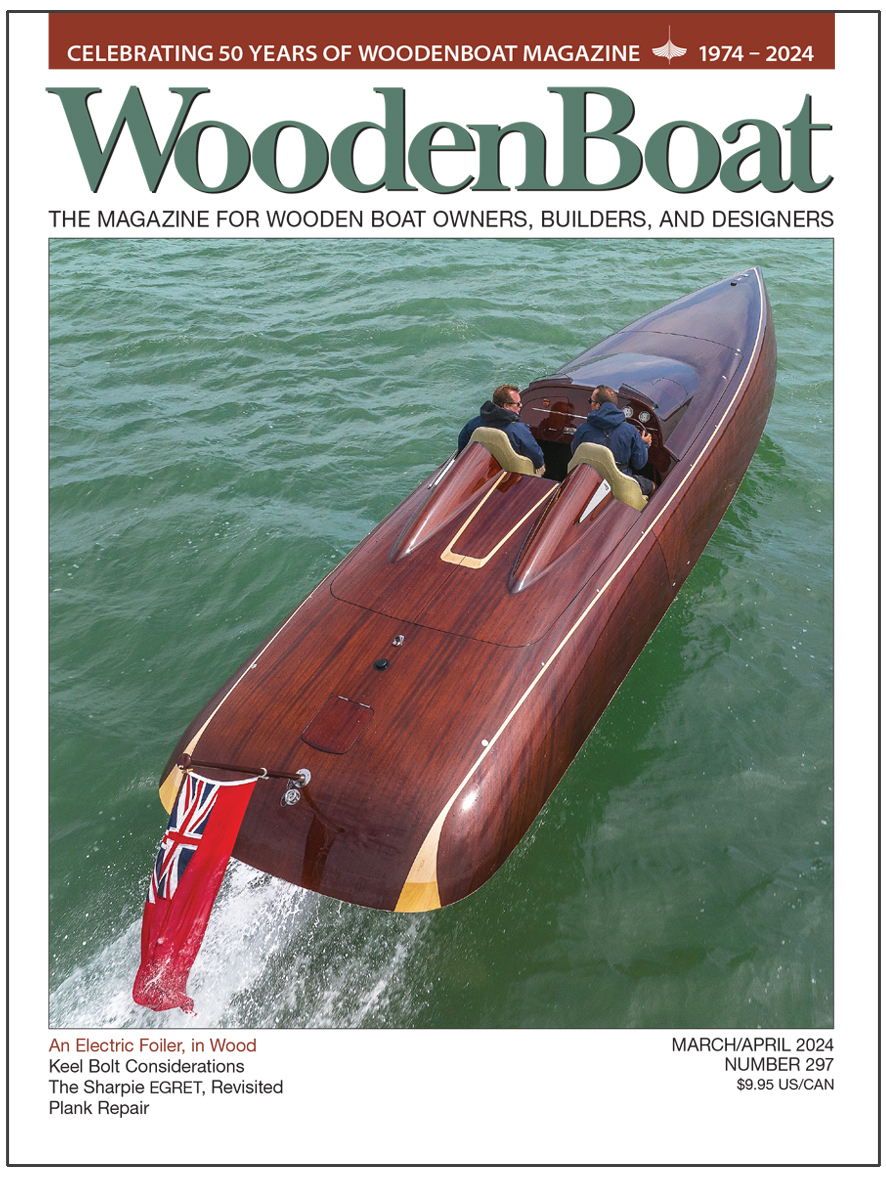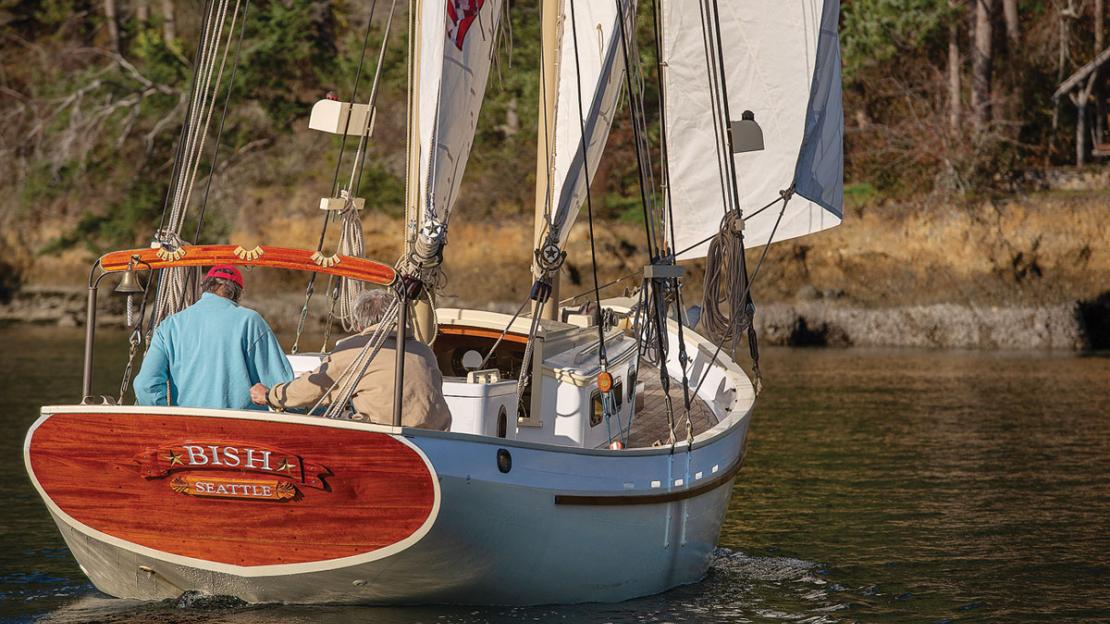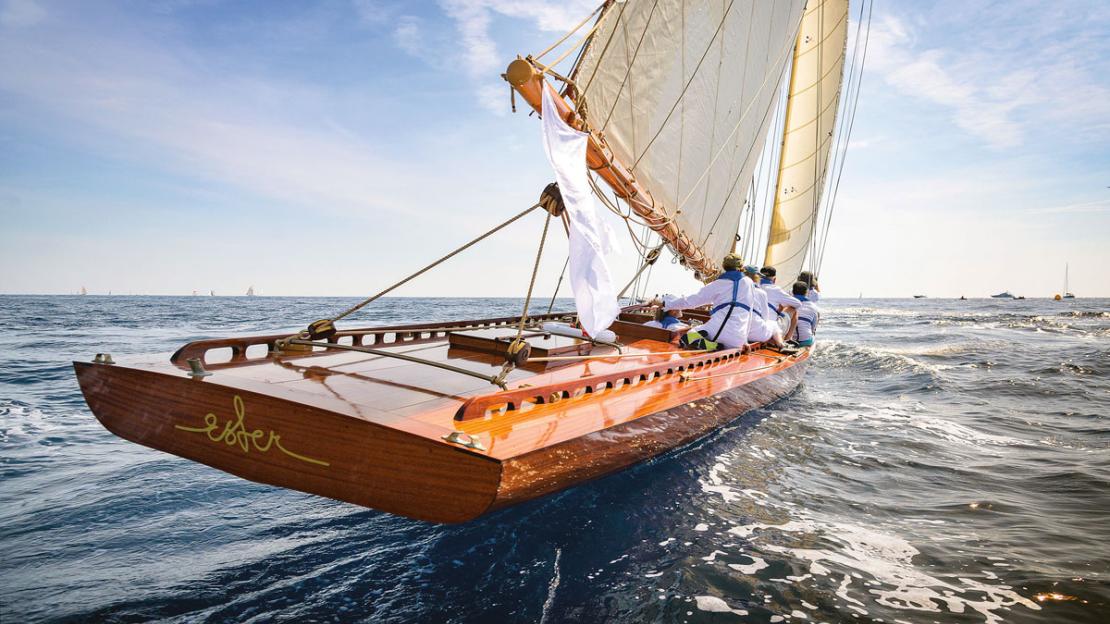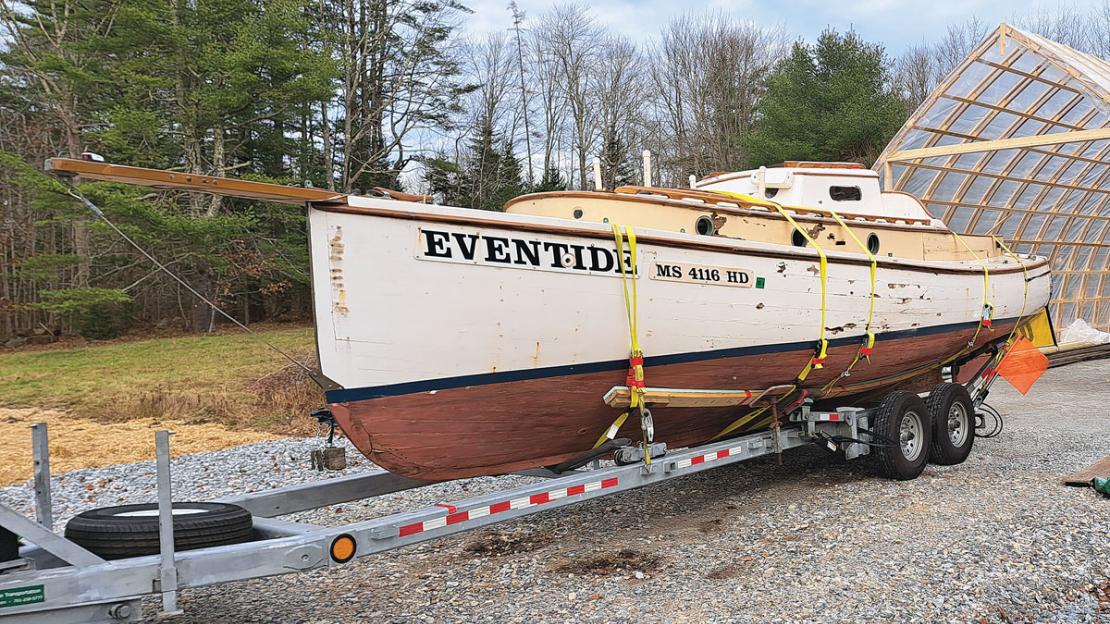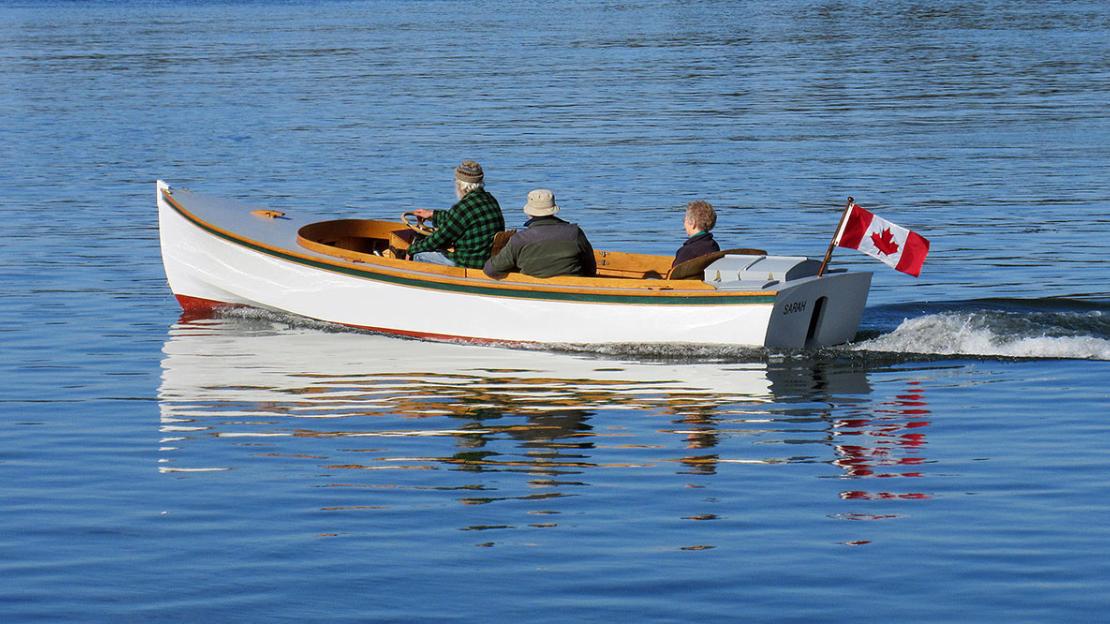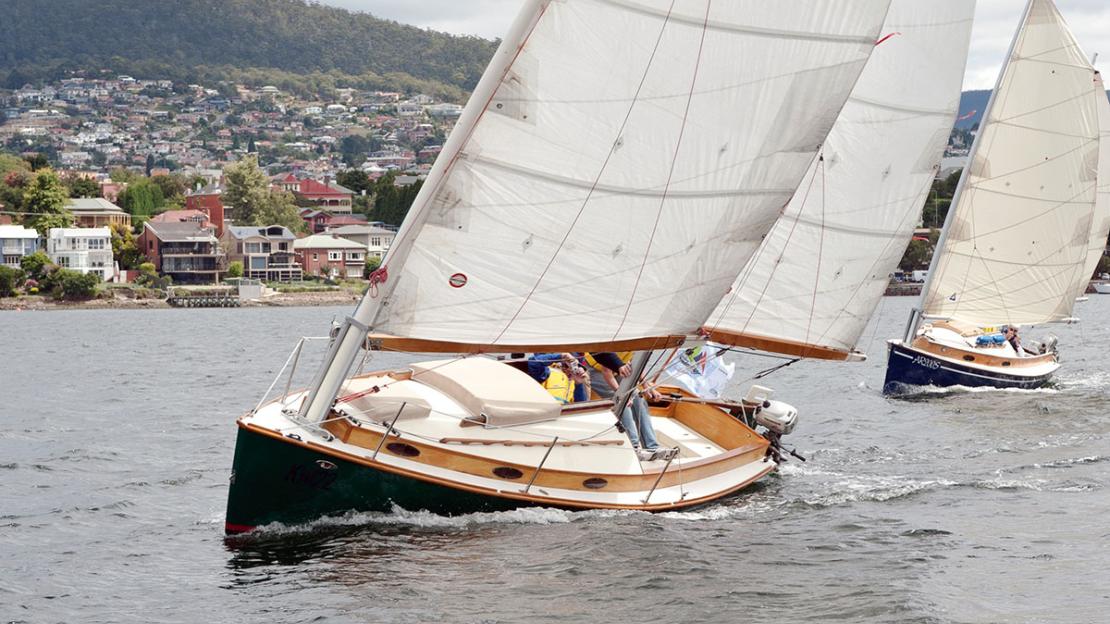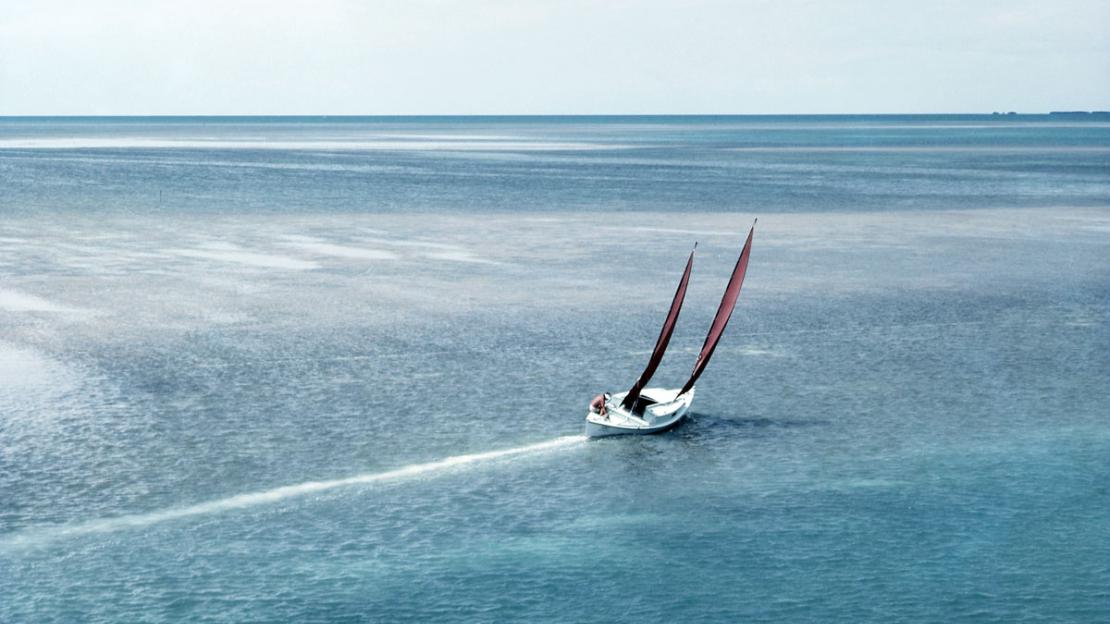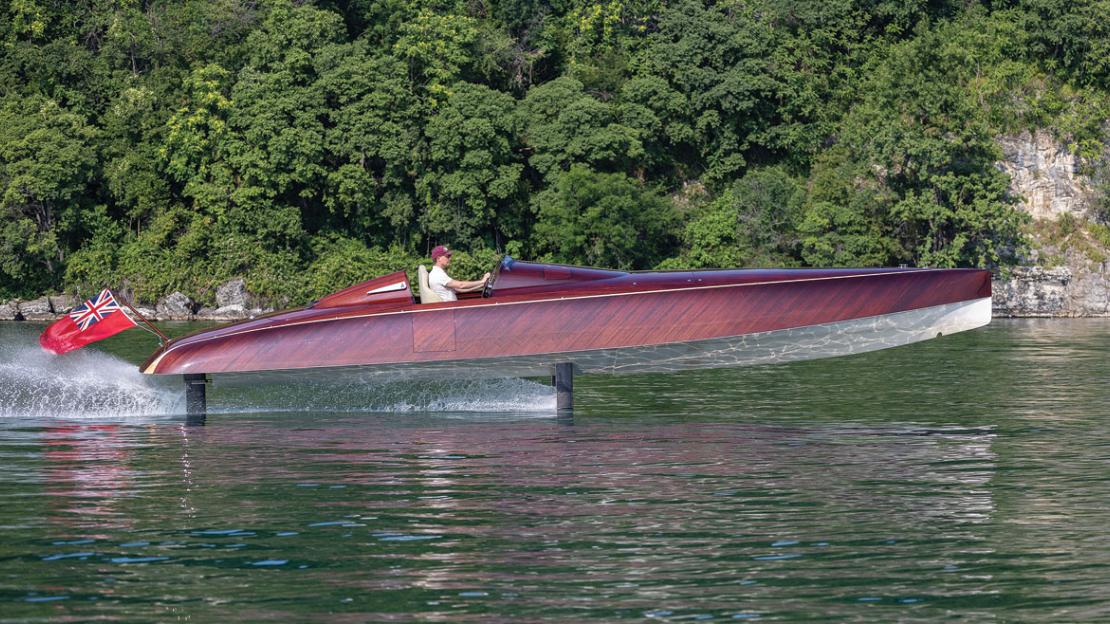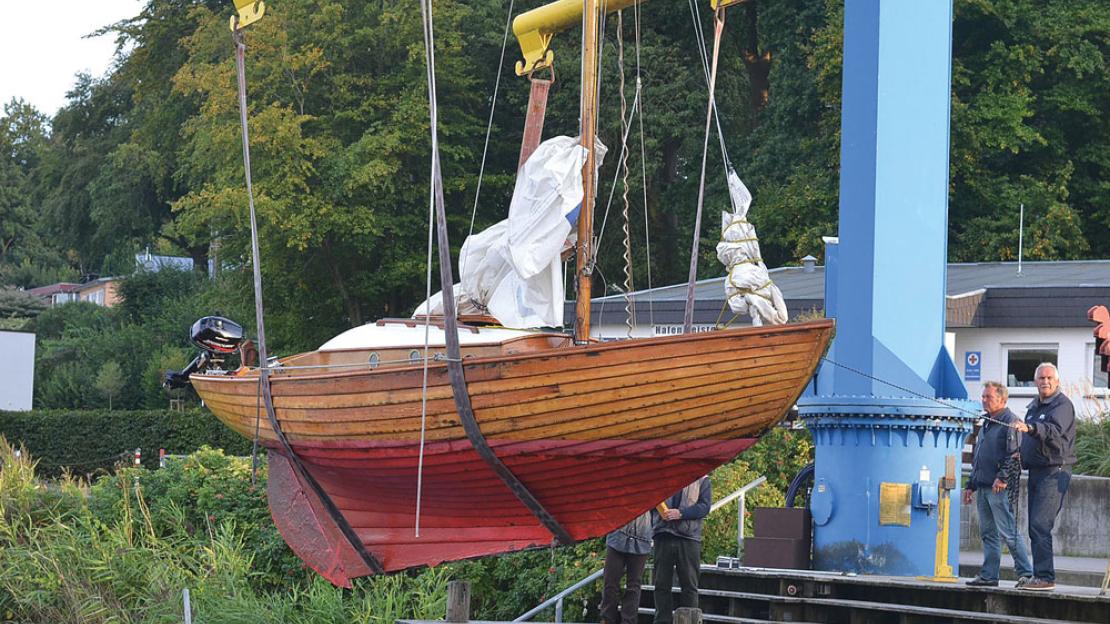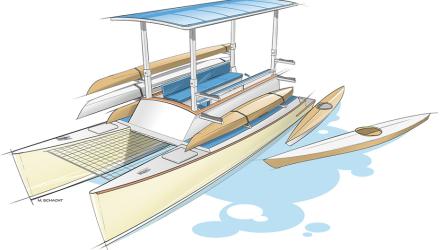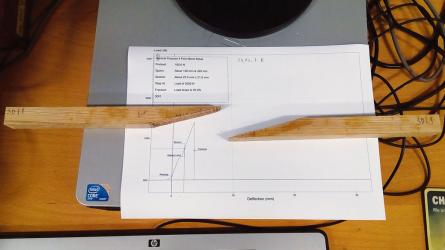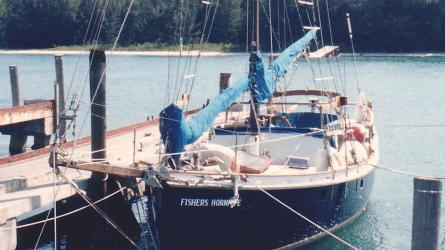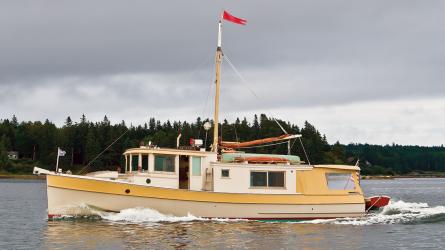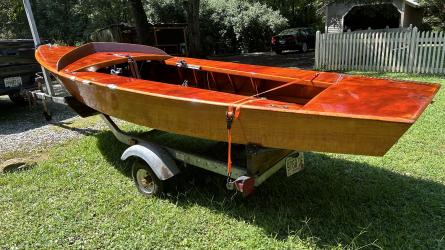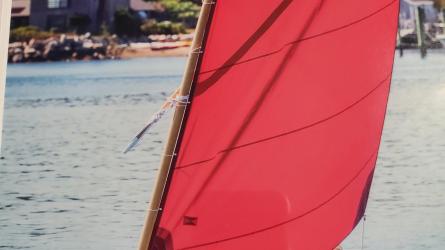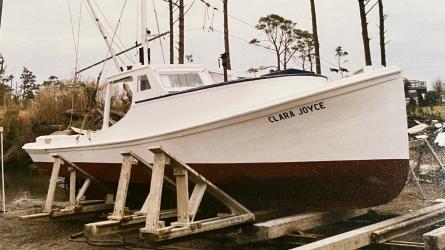Electric Boats
Last fall, Holly and I bought an all-electric car—our first. We’d all but resolved, some time ago, that when our old Toyota RAV4—the “beater” in our two-car stable—turned in its final mile, we’d make the switch from internal-combustion to electric. That moment arrived just 15,000 miles shy of the 300,000 mark, and a quarter-mile from home. The car’s demise was something of a relief; making it to 300,000 was a misguided challenge, a point of pride, but that old Toyota was really showing its age. The electric car has proven to be an ideal replacement. With a home-based charger, it’s always full and ready to go. It’s much peppier and more fun to drive than our other car, which runs on gasoline. It’s cleaner: the only fluid we handle is windshield washer. While we’re aware of the arguments regarding the off-site combustion to generate electricity to power cars, last year, 64 percent of the energy in our state, Maine, came from renewables—including hydroelectric, wind, solar, wood, and biomass.
This step into electric transportation has gotten me thinking about the possibilities in electric boats, and the stunning example on the cover of this issue represents a milestone in this regard. This boat is a foiling hull developed jointly by the English builder Spirit Yachts and the foiling specialists BAR Technologies. As Nic Compton notes in his article about the boat beginning on page 78, the Spirit foiler “represents a quantum leap forward for electric boats” in terms of both range and speed. “It will,” Nic writes, “cruise at 20 knots for 100 miles on a single charge.” This boat comes at a significant price, as he notes at the end of his article. But for those of us willing to slow down and smell the seaweed, Harry Bryan, beginning on page 50, presents another option.
Starting with his venerable Handy Billy design, an open, hard-chined, efficient outboard-powered launch he developed a few decades ago based on the earlier work of William Hand, Harry has created a modest-speed electric-powered launch that he’s cleverly name Hand-e-Billy. This boat cruises at 5 knots (respectable in comparison to a sailboat, Harry notes) and can go 40 miles on a single charge. An array of three 330-watt solar panels in full sunlight, Harry says, will yield an hour of operation for each hour of charging. This has gotten my mind racing with possibilities: This boat, with its laminated bottom, could live in my driveway during the week, right next to the electric car, and be topped off by the sun in time for an evening jaunt or a weekend expedition.
<>
With this issue, we bid farewell to our longtime art director, James Bartick, who is moving on from WoodenBoat Publications after three decades with us. James, our longest-serving art director, has loyally and ably designed every issue of the magazine since No. 239; before that, he designed our sister publication Professional BoatBuilder. He is leaving us to pursue a new and exciting opportunity: He and his wife were recently chosen to operate the horse-drawn carriage concession at Wildwood Stables in Acadia National Park—a full-time commitment for both of them. We’re all grateful for James’s loyal art direction and counsel over the years and wish him the best in his new endeavor.

Editor of WoodenBoat Magazine
